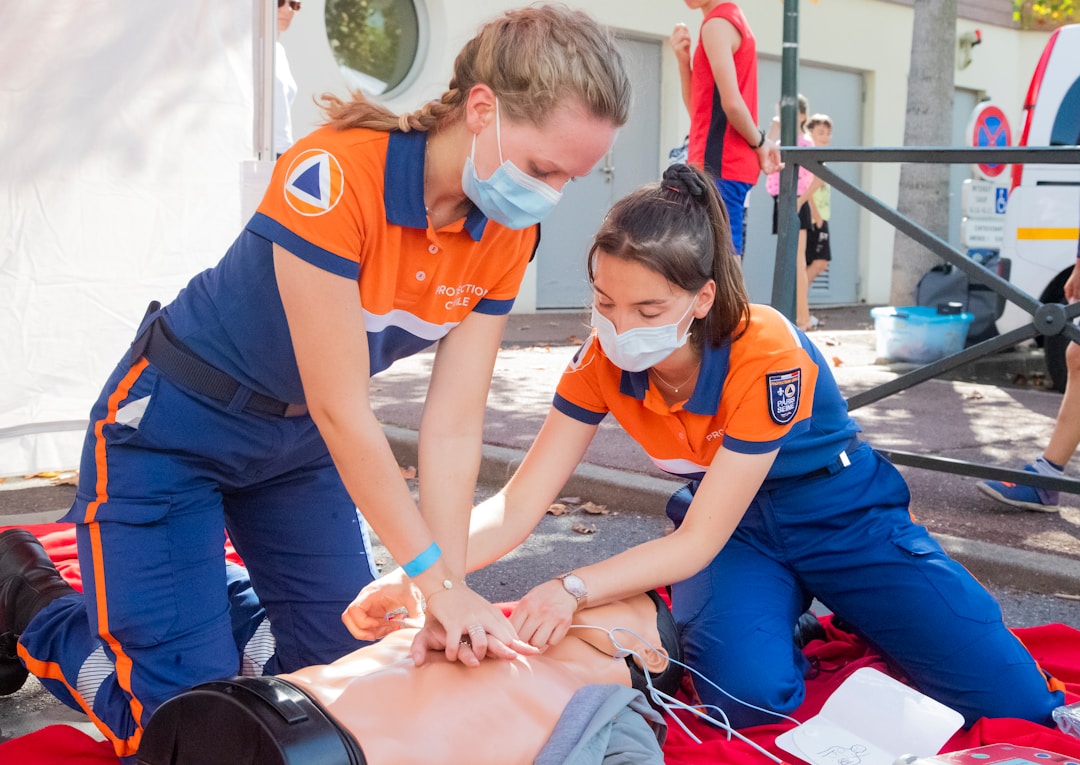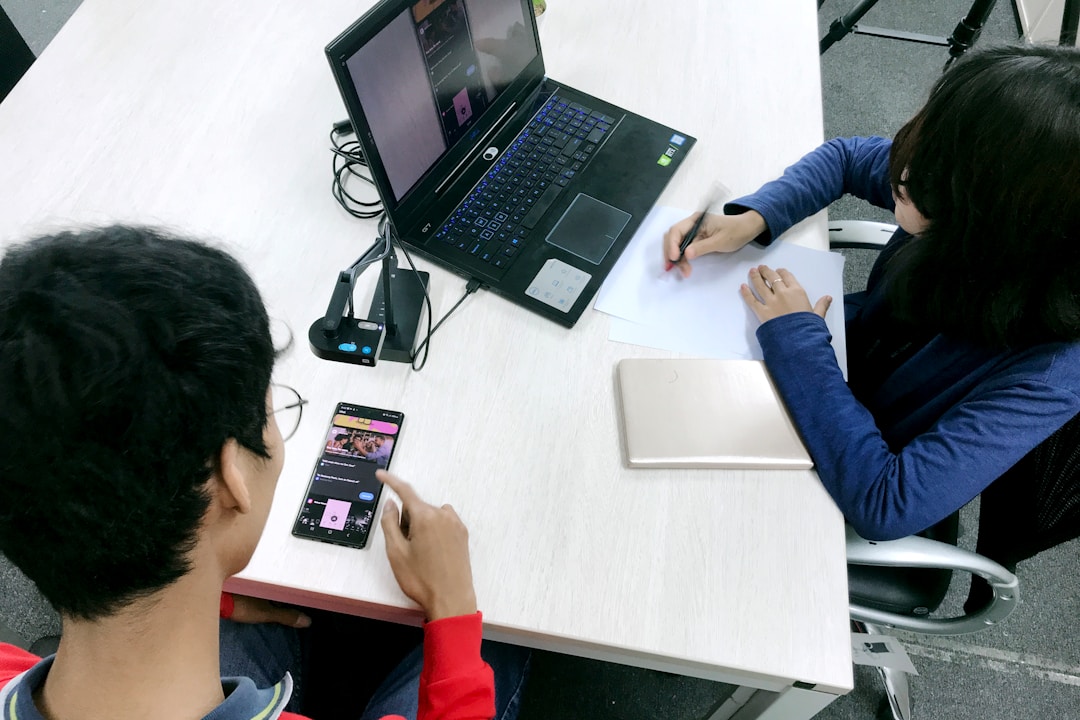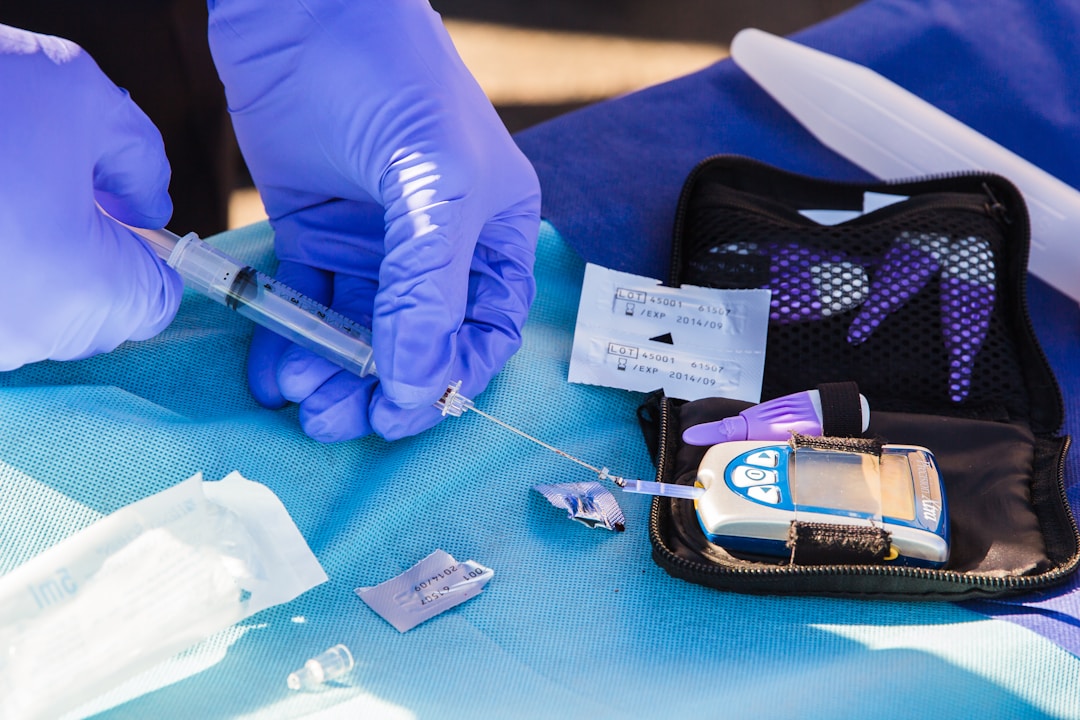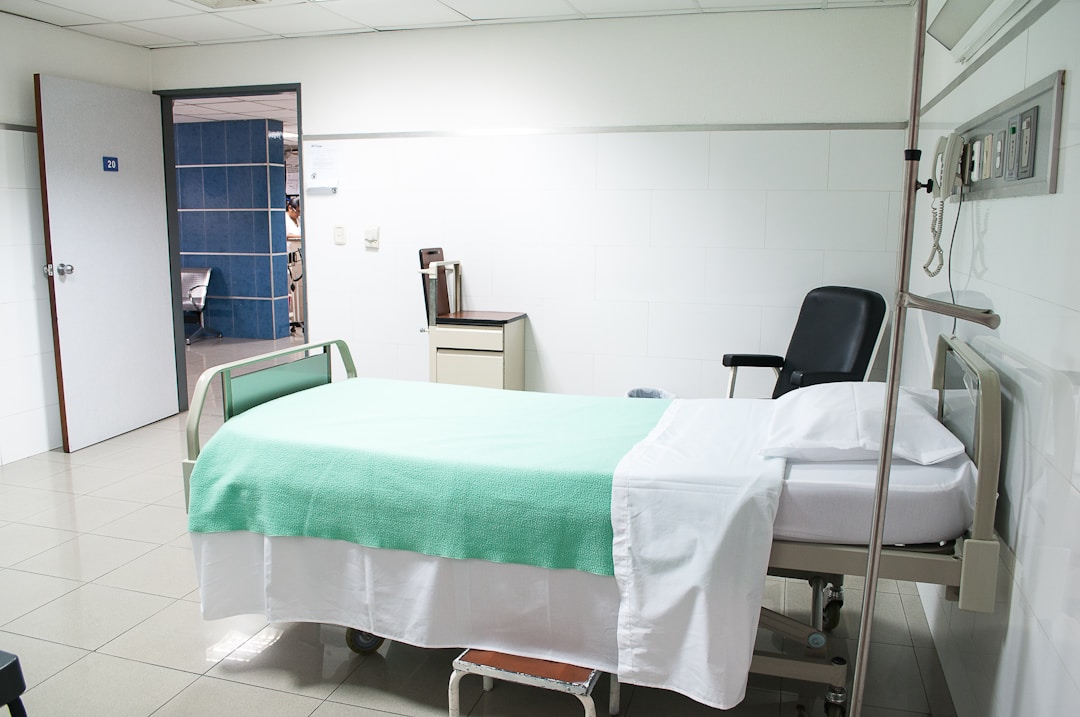The ChartFlow Team
All this talk of simulation had us questioning: what makes a good healthcare or nursing simulation?
Our recent trip to IMSH 2024 had us thinking about simulation all day every day (usually we only spend about 90% of our day thinking about simulation, the rest is spent thinking about creative classroom and clinical ideas).
When it comes down to it, we’ve decided any good simulation for healthcare students has four parts: setup, pre-brief, simulation, and debrief.
1️⃣ Setup
This is the part where Sim Lab Coordinators or Sim Instructors set up the patient scenario. Think about setup as lesson planning. What are the specific, actionable, learning objectives for this activity? Who will be the patient (a manikin/actor/etc.)? What is the patient’s ailment? What skills or knowledge are you testing with this activity? If you’re using an EHR like ChartFlow to drive the simulation, make sure your patient scenario is set up with relevant vital signs, labs, and assessment information filled in. Create all labs or orders that you plan to “drop-in” during the scenario so you don’t need to spend time typing information into the chart while your student waits for results or orders. If you’re building in tricks (for example, an allergy to an ordered medication), make sure you enter those in the chart beforehand.
2️⃣ Pre-brief
This portion happens before the simulation, but after you’ve completed setup. Gather students beforehand and make sure they understand the equipment in the sim center, what they are required to do (for example, use the chart for information and recording actions, or asking the patient actor for their “real” vital signs if they don’t align with what a blood pressure cuff reads), and all allowed communication. For example, we have a suggested IPE simulation where nursing students are allowed to call the medical student at another site who admitted a “patient” for more information during the nursing portion of the simulation. This would need to be discussed beforehand so the students are aware of their expectations and resources.
3️⃣ Simulation
This part is self explanatory. This can be done with manikins, patient actors, or hybrid environments. We suggest using an EHR to display patient information as well as for recording actions completed during the simulation. Just like the real world: if it’s not in the chart it didn’t happen.
4️⃣ Debrief
The debrief is one of the most important parts of the process. Most sim centers understand the importance of a good debriefing, but we still want to emphasize how crucial this is to the learning process. If you operate in a center with recorded sessions, you can review the footage, pausing to ask why a student completed an action or what was going through their mind as they completed a task. Instead of saying something is “right” or “wrong”, ask the student to reflect on their own performance and see if they can identify their own mistakes. If they know they did something wrong, come up with strategies to prevent the same mistake in the future. If the student is unable to identify their own mistakes, it’s time to assign extra activities or report back to the classroom instructor for extra help. In a group setting, you may have some students watching as others are taking on the role of healthcare provider. In these situations, debriefing is best done as a group to discuss what went well and what skills or knowledge the students think they need to review. This is also the time to give tips on how to best accomplish certain tasks. For example, “I noticed you had a hard time rolling this patient due to their weight, let’s talk about some different techniques for turning a patient.” It can also be the time to emphasize important rules or procedures. For example, “I know you checked the patient's blood pressure before giving nitrogen, but let’s review why we do that and what could have happened if you forgot.”
There you have it: setup, pre-brief, simulation, and debrief. Did we forget anything? Let us know if you have any great ideas—or, if you’d like to share, reach out to support@chartflow.io, we’d love to have a guest post with specifics!
-The ChartFlow Team
More posts like this






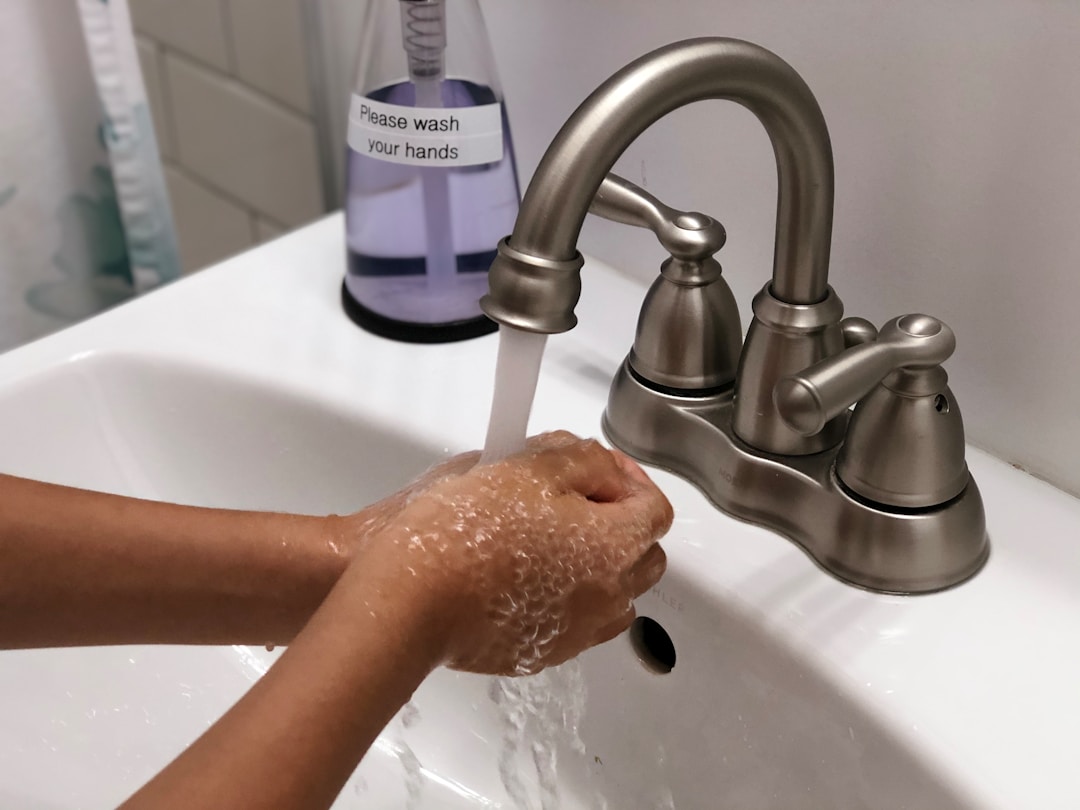



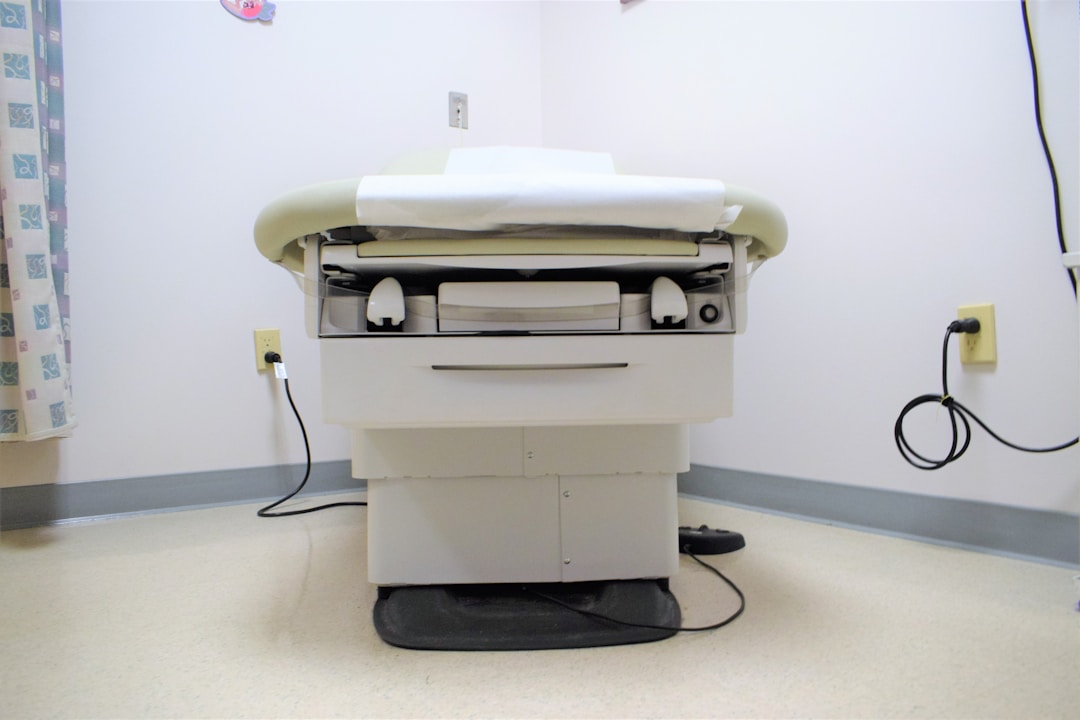
_(2)/w=1080,quality=90,fit=scale-down)




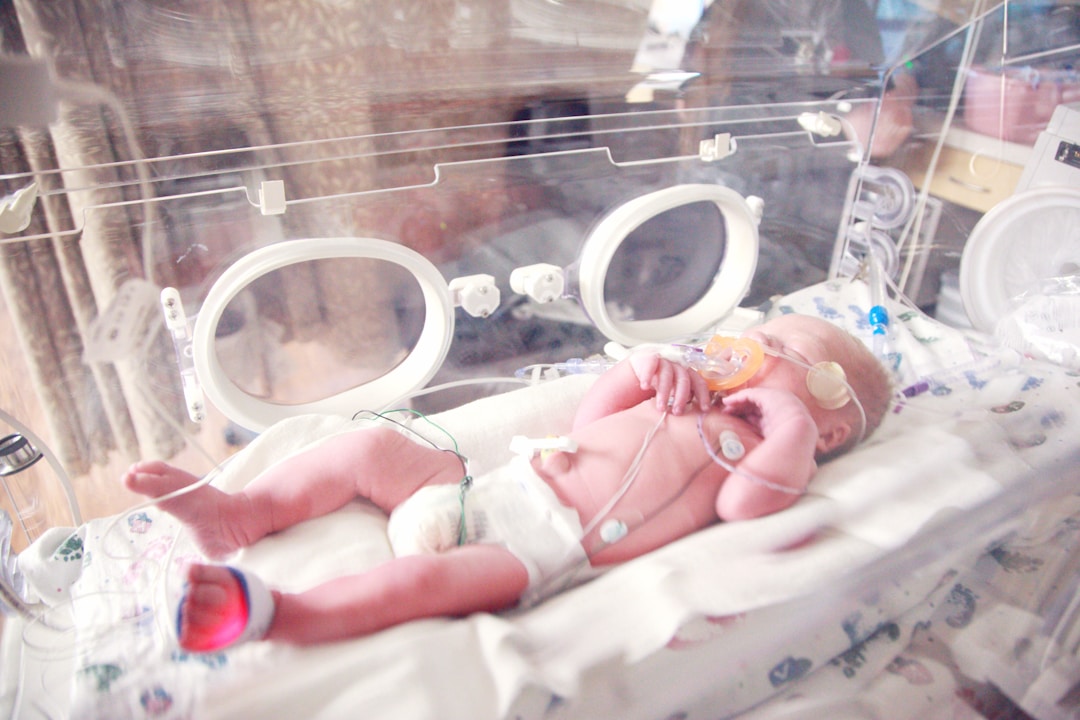

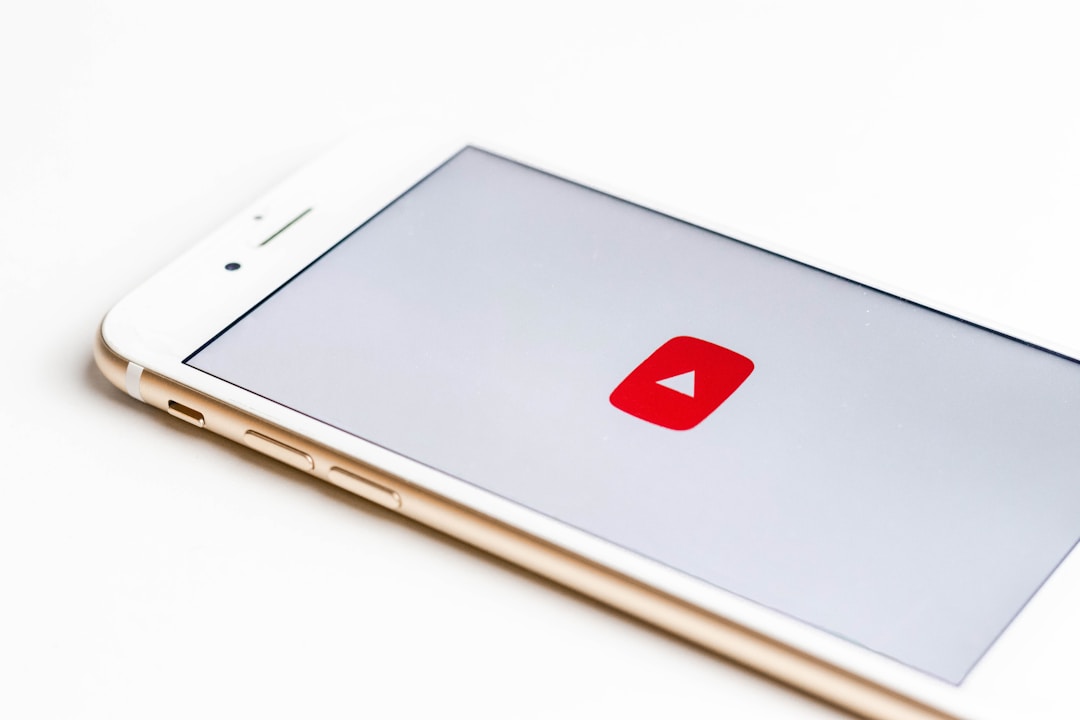

/w=1080,quality=90,fit=scale-down)






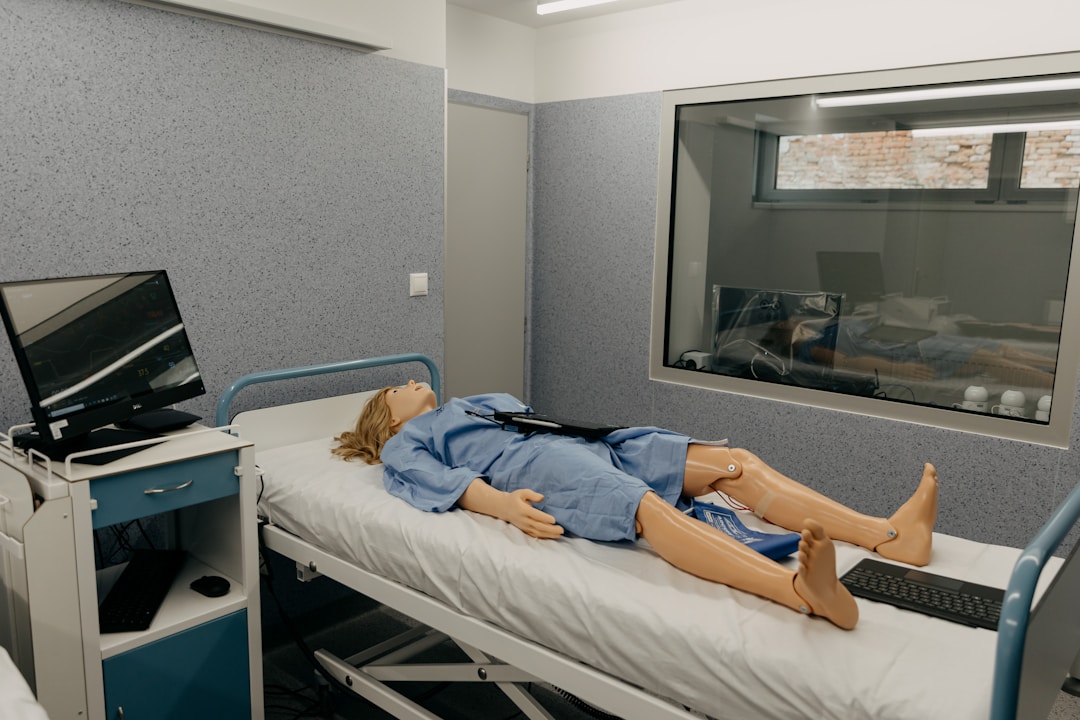











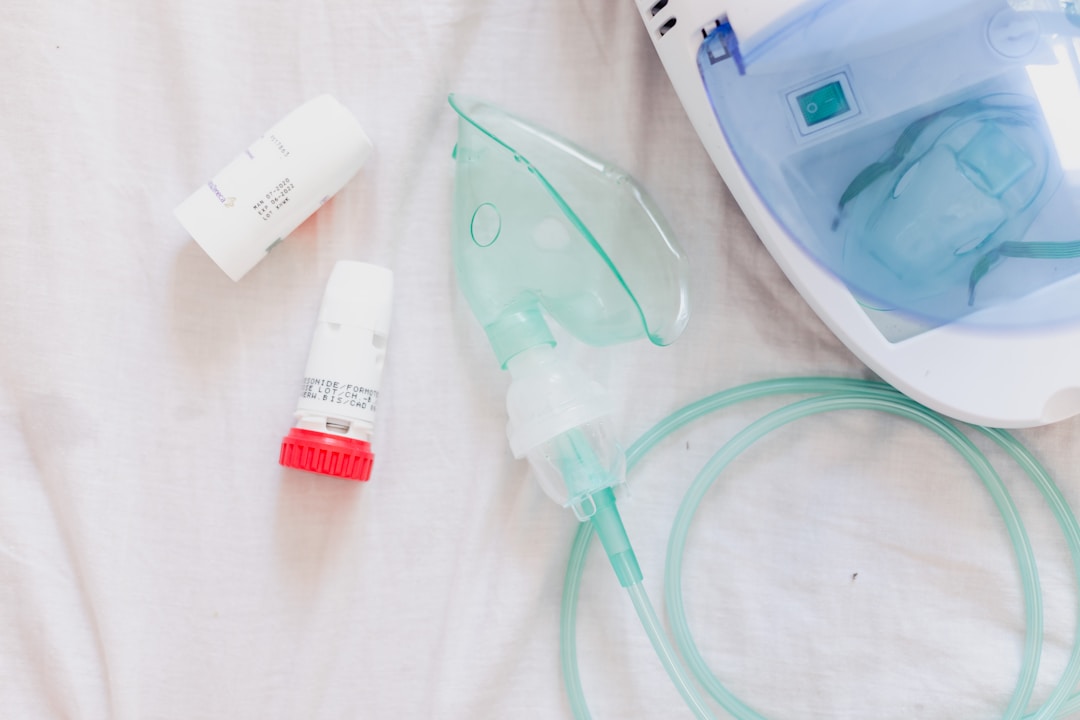

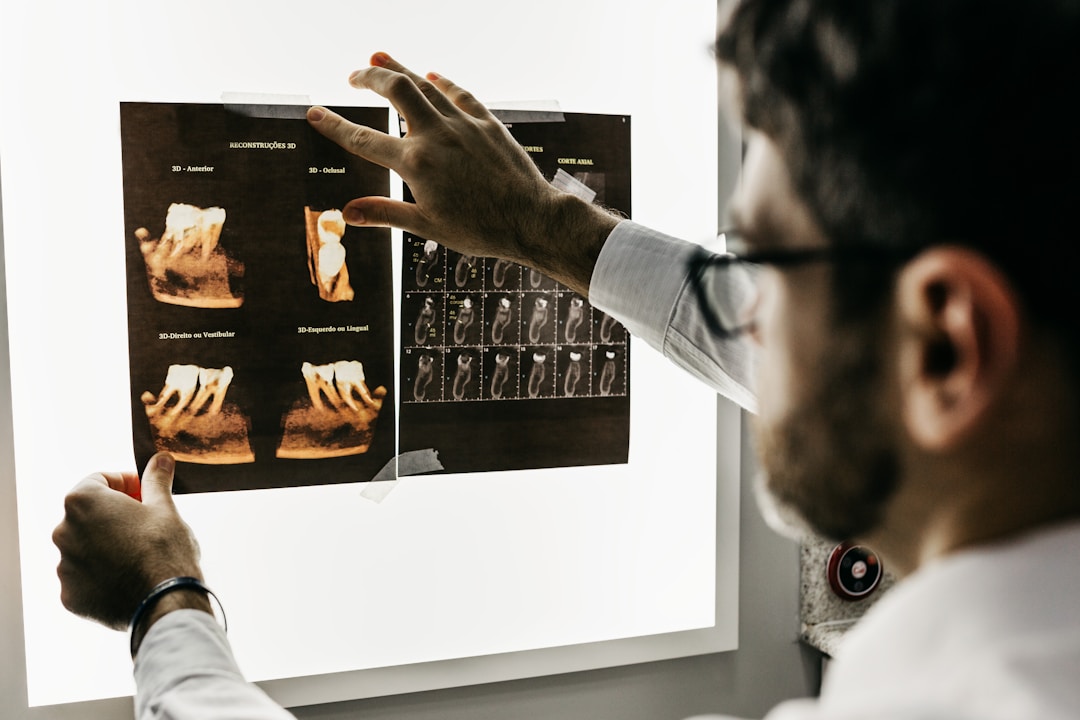

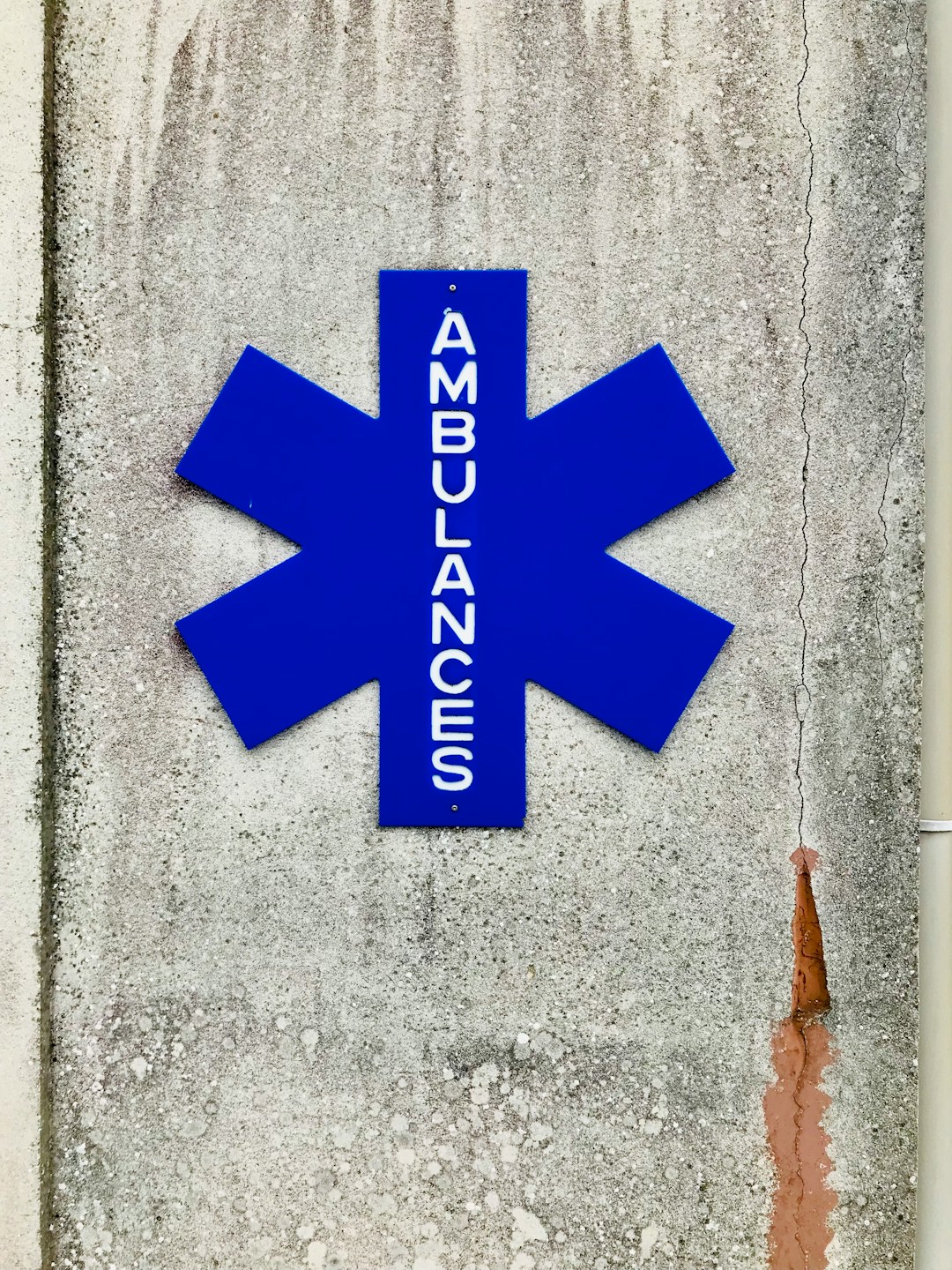





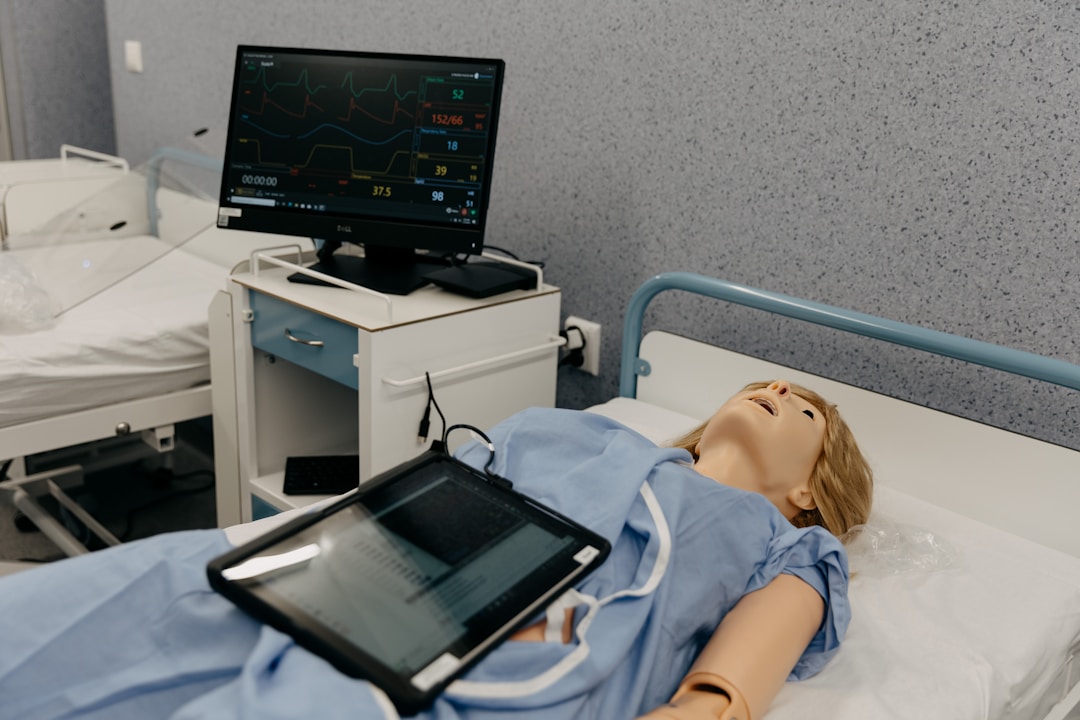



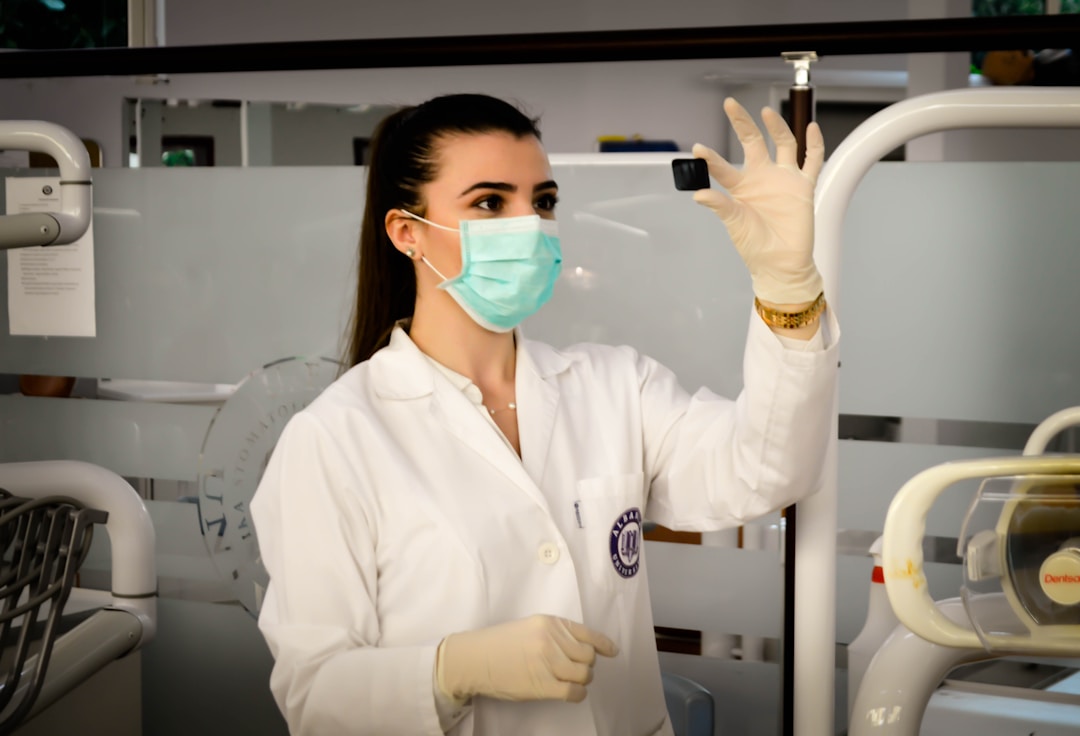







/w=1080,quality=90,fit=scale-down)
_(1)/w=1080,quality=90,fit=scale-down)









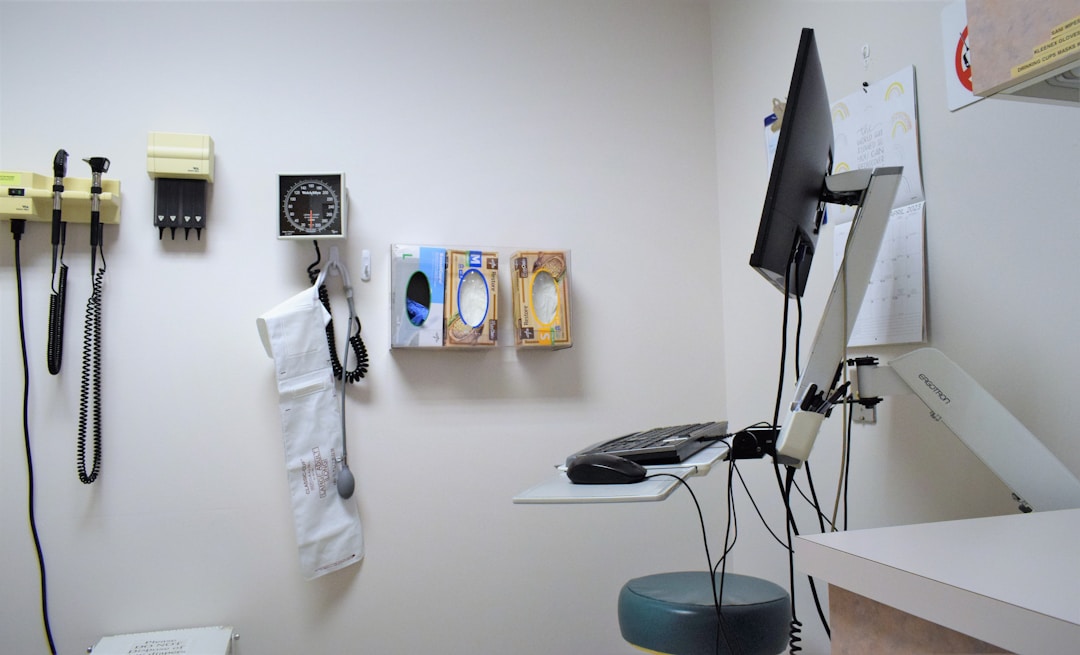



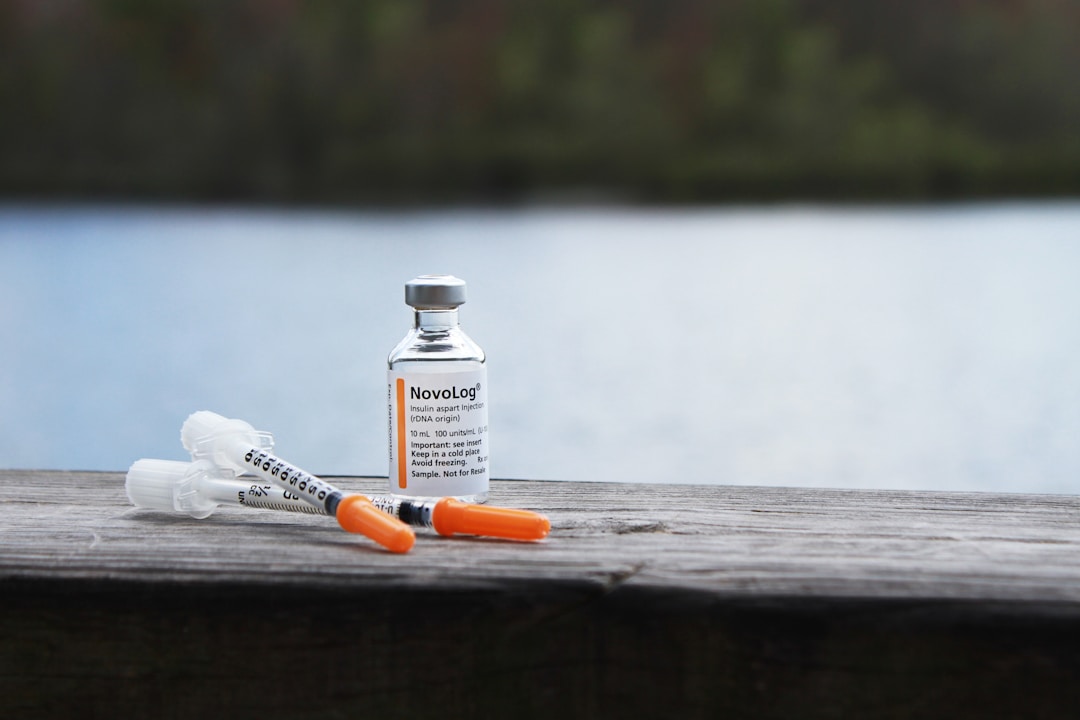
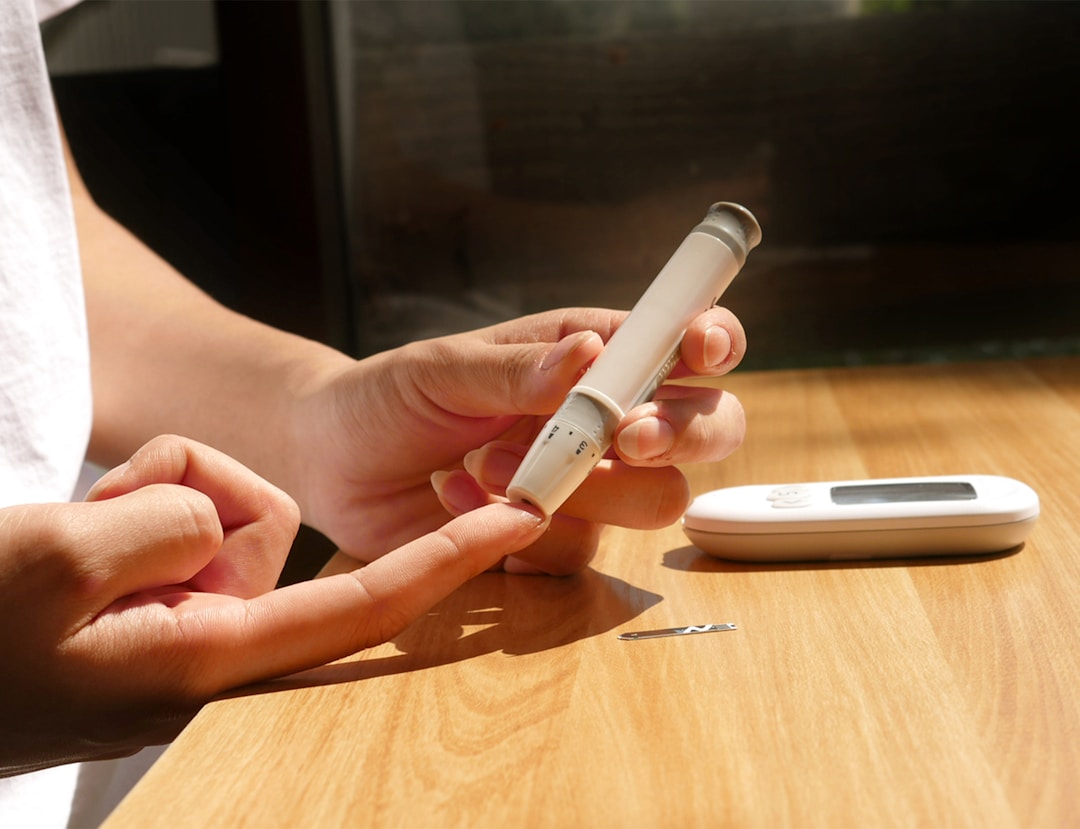








/w=1080,quality=90,fit=scale-down)







